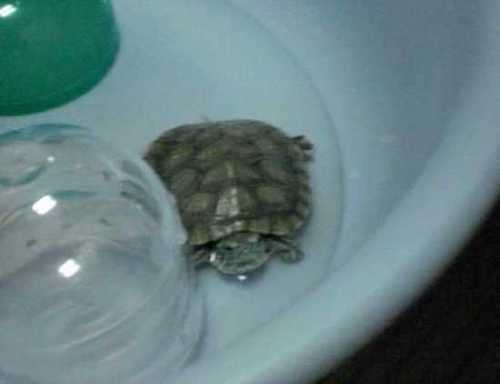Lists
Sometimes it’s useful to store multiple pieces of data in one variable. We can use lists to do this.
Example 1
For example, let’s create a list of pets.
Add the following to lists.py:
# lists.py
pets = ['Chili', 'Ivy', 'Remus', 'Enzo']
Every item in the list has an index, i.e. it’s position.
Computers start counting at zero, so if I want to get the first pet, I use the inded 0.
Try it out, add the following to lists.py:
# lists.py
pets = ['Chili', 'Ivy', 'Remus', 'Enzo']
+print(pets[0])
Try and print the second and third items in the list, i.e. Ivy and Remus.
If I wanted to add another pet to the list, I could do so using .append().
Add the following to lists.py:
# lists.py
pets = ['Chili', 'Ivy', 'Remus', 'Enzo']
print(pets[0])
+pets.append('Rex')
+print(pets)
Challenges
Create a new list of 6 items. Print the first, third and fifth items. Append two new items to the list. Print the list so you can see the new items.
Head over to the Python Exercises to learn about loops before moving to the next step. Click here: Loops
p.s. Here are Chilli + Ivy, Remus and Enzo:


